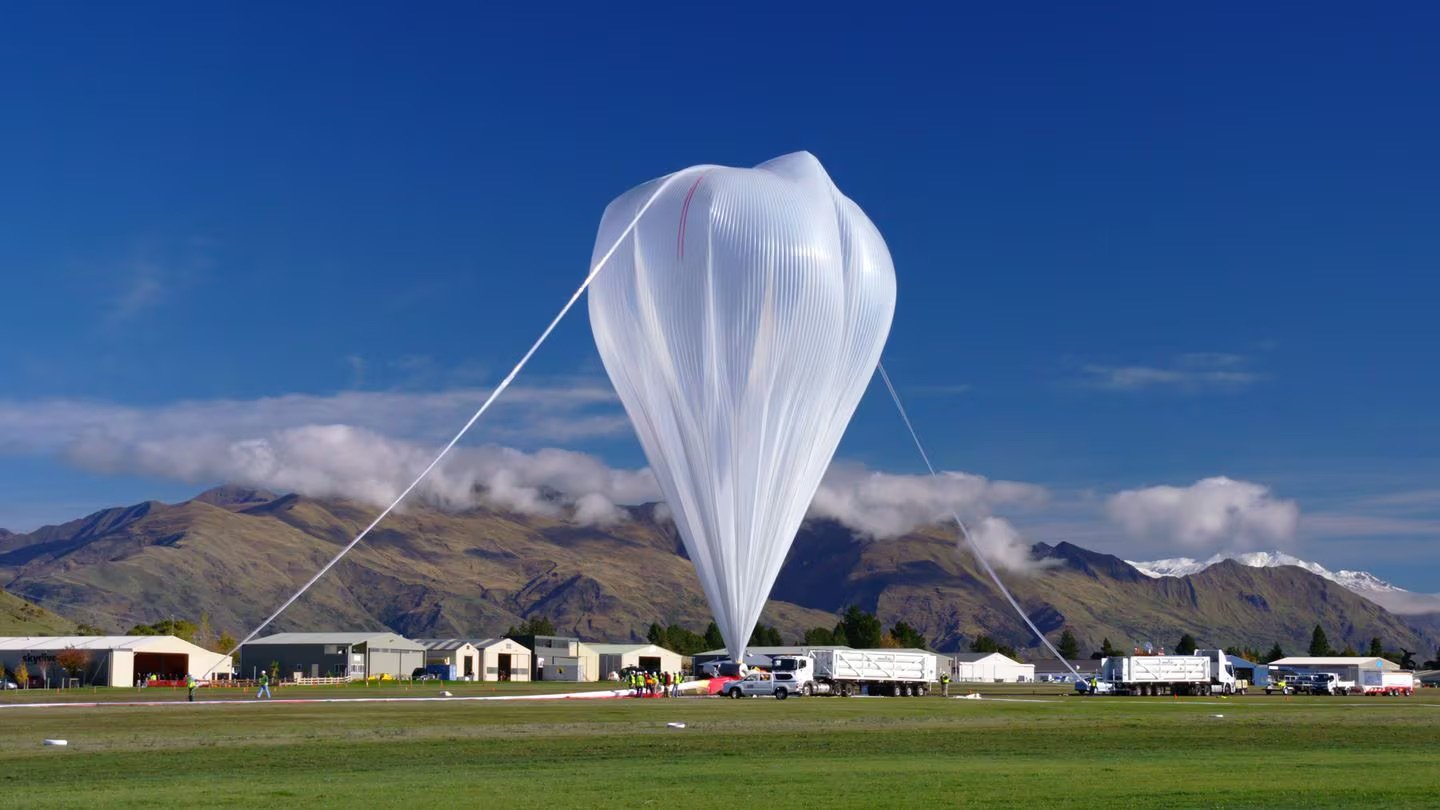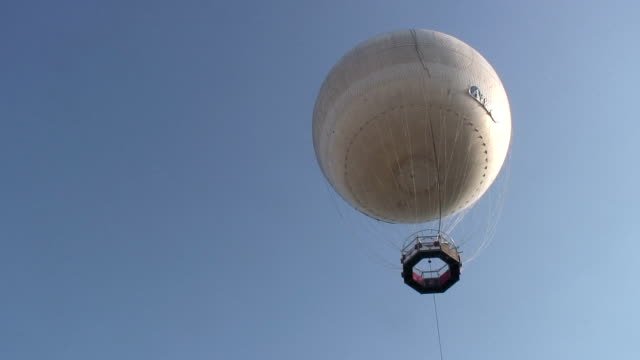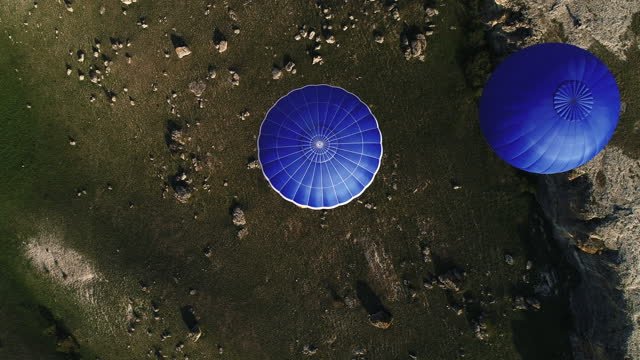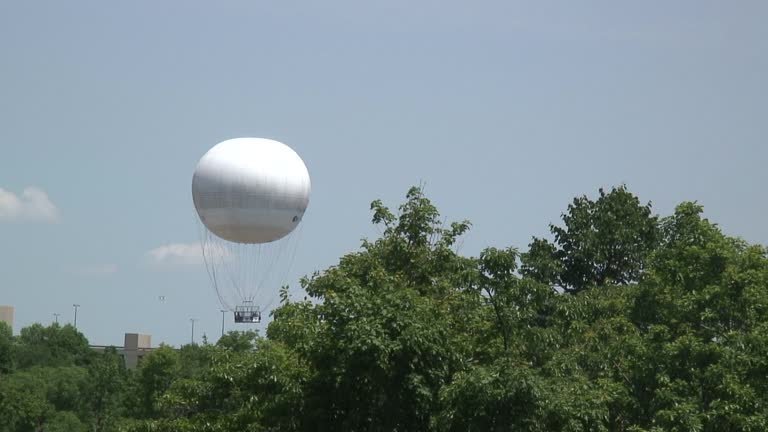
- calendar_month July 12, 2024
- folder Community Awareness
Sharing Tags
Airspace Regulation, Atmospheric Research, Aviation Safety, Climate Science, Environmental Impact, JohnHart, JohnHart Real Estate, Meteorology, Nathan Derry, Nathan Derry JohnHart, Nathan Derry Realty, Nathan Derry Recommends, Nathan Derry, JohnHart Real Estate, Radiosonde, Scientific Discovery, Weather Balloons, Weather Forecasting

Hello, I'm Nathan Derry with JohnHart Real Estate. Today, let's take a break from Real Estate and dive into something that impacts all of us daily: the weather. Specifically, we're going to explore the intriguing world of weather balloons. These high-flying instruments are crucial in weather forecasting and atmospheric research. But what exactly are they, and how do they work? Are they beneficial or potentially harmful? Can anyone launch a weather balloon? Let's find out.
What Are Weather Balloons?

Weather balloons are large balloons, typically made of latex or synthetic rubber, filled with helium or hydrogen. They carry a small instrument package called a radiosonde, which measures atmospheric parameters such as temperature, humidity, pressure, and wind speed. As the balloon ascends through the atmosphere, it transmits this data back to ground stations, providing critical information for weather prediction and research.
The Importance of Weather Balloons
- Accurate Weather Forecasting: Weather balloons are launched twice daily from various locations around the world, collecting data that is essential for accurate weather forecasting. This data helps meteorologists predict changes in the weather, from daily forecasts to severe weather warnings.
- Climate Research: Over time, the data collected by weather balloons contribute to our understanding of climate patterns and trends, aiding in research on global warming and other climatic phenomena.
- Aviation Safety: By providing real-time information on upper atmospheric conditions, weather balloons play a vital role in aviation safety, helping pilots navigate safely through the skies.
- Scientific Discovery: Weather balloons are used in various scientific studies, including research on the ozone layer and other atmospheric components.
Are Weather Balloons Helpful or Harmful?

While weather balloons offer significant benefits, there are some concerns associated with their use:
- Environmental Impact: The materials used in weather balloons, particularly latex, can pose environmental risks if not recovered. However, efforts are often made to retrieve and properly dispose of or recycle these materials.
- Resource Use: Helium, a non-renewable resource, is commonly used to fill weather balloons, though hydrogen is also an option. Responsible use and management of these resources are essential.
- Airspace Regulation: Weather balloons must comply with airspace regulations to avoid interference with aircraft. Unauthorized launches can pose safety risks.
What's Inside a Weather Balloon?

A typical weather balloon carries a radiosonde, a small instrument package that measures and transmits data on atmospheric conditions. This data includes:
- Temperature: Measured by a thermistor or similar sensor.
- Humidity: Measured by a hygrometer.
- Pressure: Measured by a barometer.
- Wind Speed and Direction: Determined by tracking the balloon's position via GPS.
Can Anyone Launch a Weather Balloon?
While technically anyone can launch a weather balloon, there are important regulations and safety measures to consider:
- Regulatory Compliance: In the United States, launching a weather balloon requires compliance with FAA regulations. This includes notifying and coordinating with relevant authorities to ensure airspace safety.
- Safety Precautions: Handling gases like helium or hydrogen requires proper safety measures to prevent accidents.
- Data Utilization: Collecting meaningful data from a weather balloon launch requires specific equipment and expertise.
Weather balloons are an indispensable tool in meteorology and atmospheric science, providing critical data that enhances weather prediction, climate research, and aviation safety. While they offer significant benefits, it is important to address potential environmental and safety concerns. Proper regulation and responsible usage ensure that weather balloons continue to serve as a valuable asset in understanding and forecasting our ever-changing atmosphere.
I hope you found this exploration of weather balloons as fascinating as I did. If you have any questions or need further information, feel free to reach out. Happy weather watching!
All the best,
Nathan Derry, JohnHart Real Estate

📍JohnHart Real Estate
📞(424) 303-0440
📧 nathan@jhagents.com
👨🏽💻 itsnathanderry.com
Interested in seeing a property or one of my off market properties in person? Contact me today! Who you hire matters!!!
Ready to make the best move of your life… let’s chat today!
